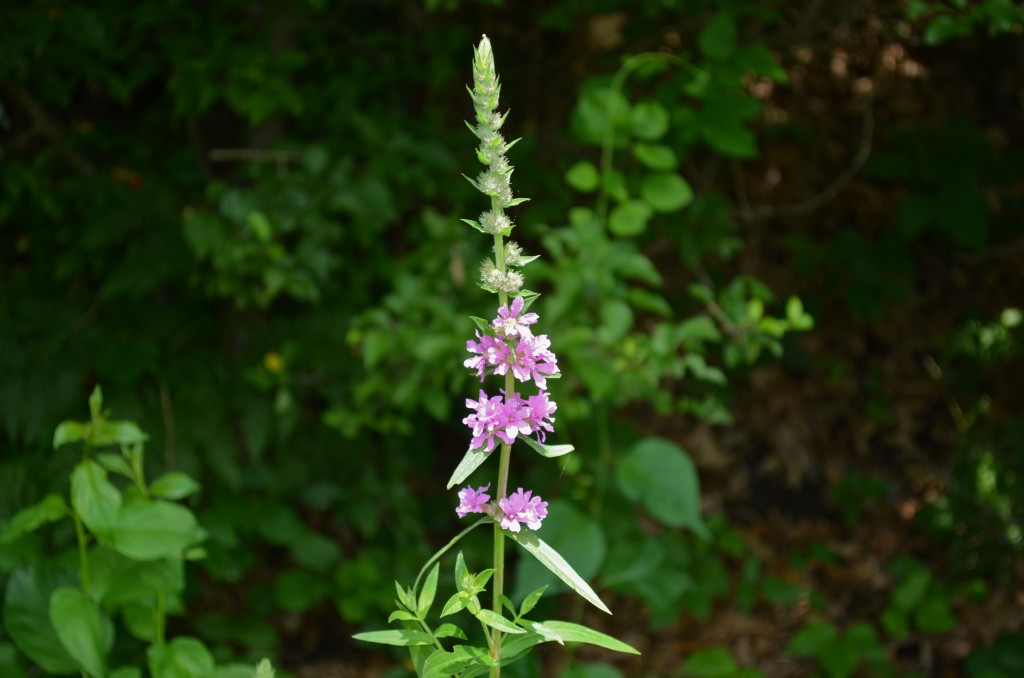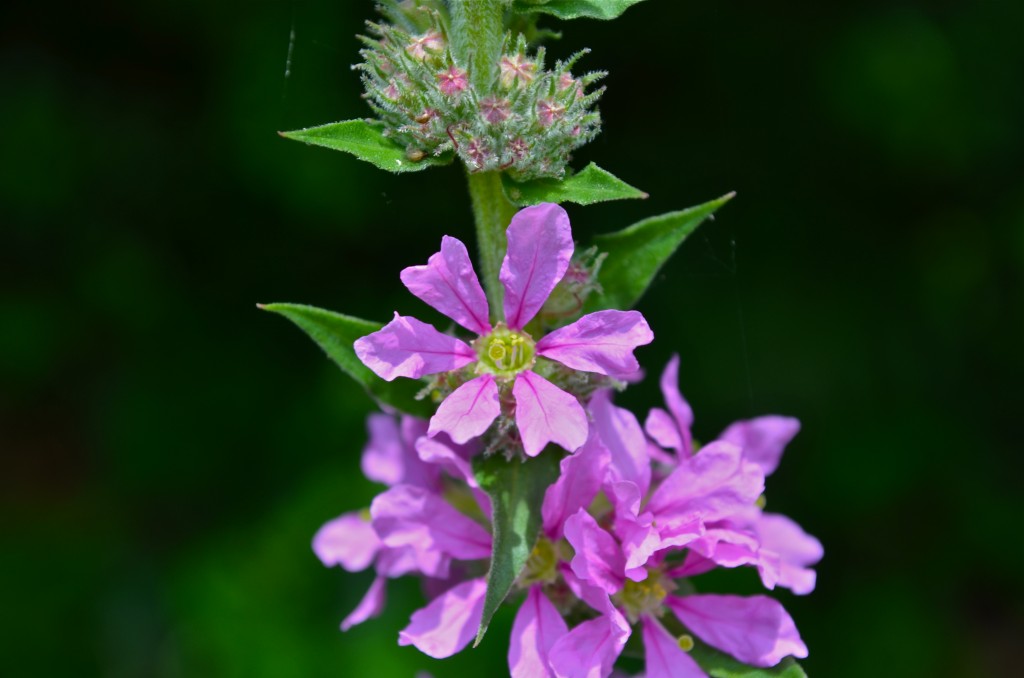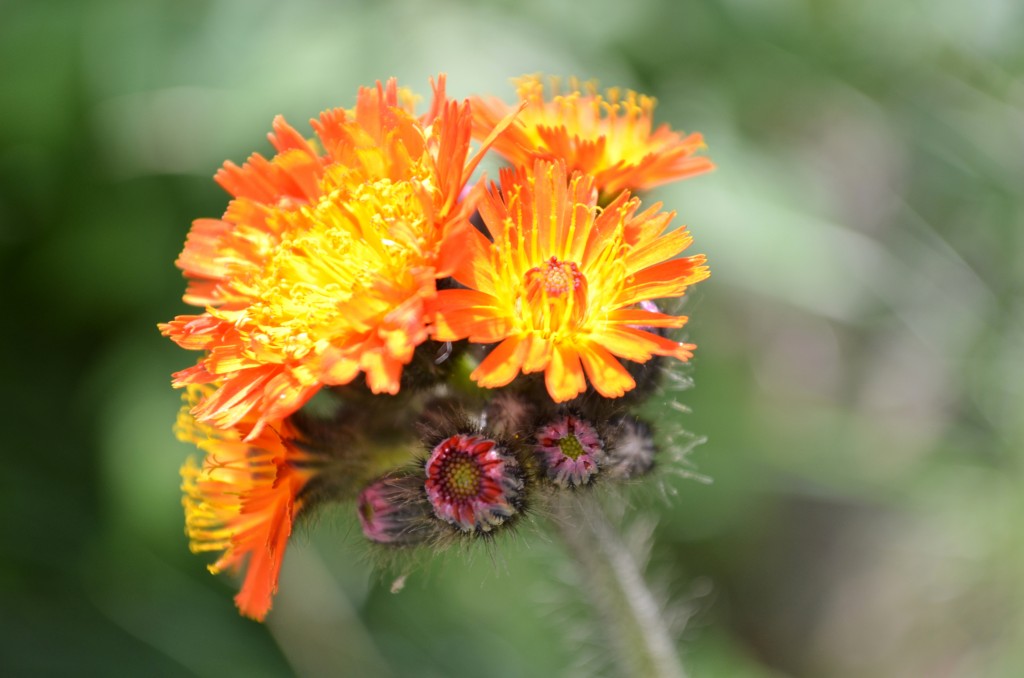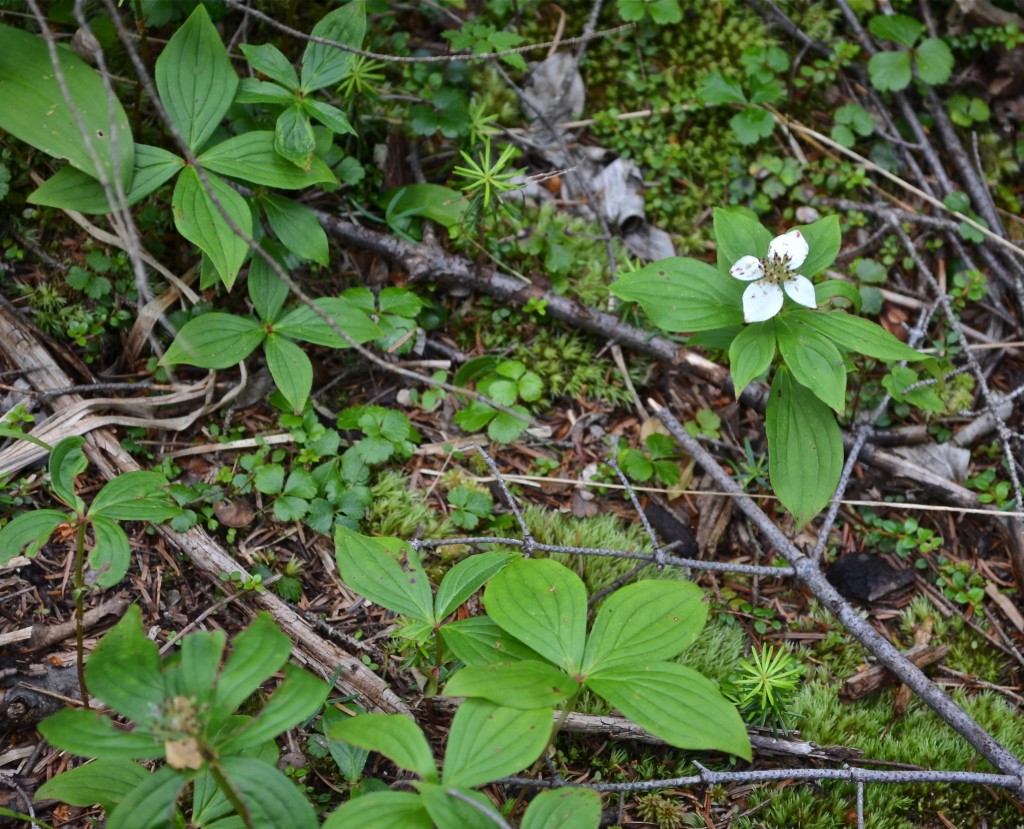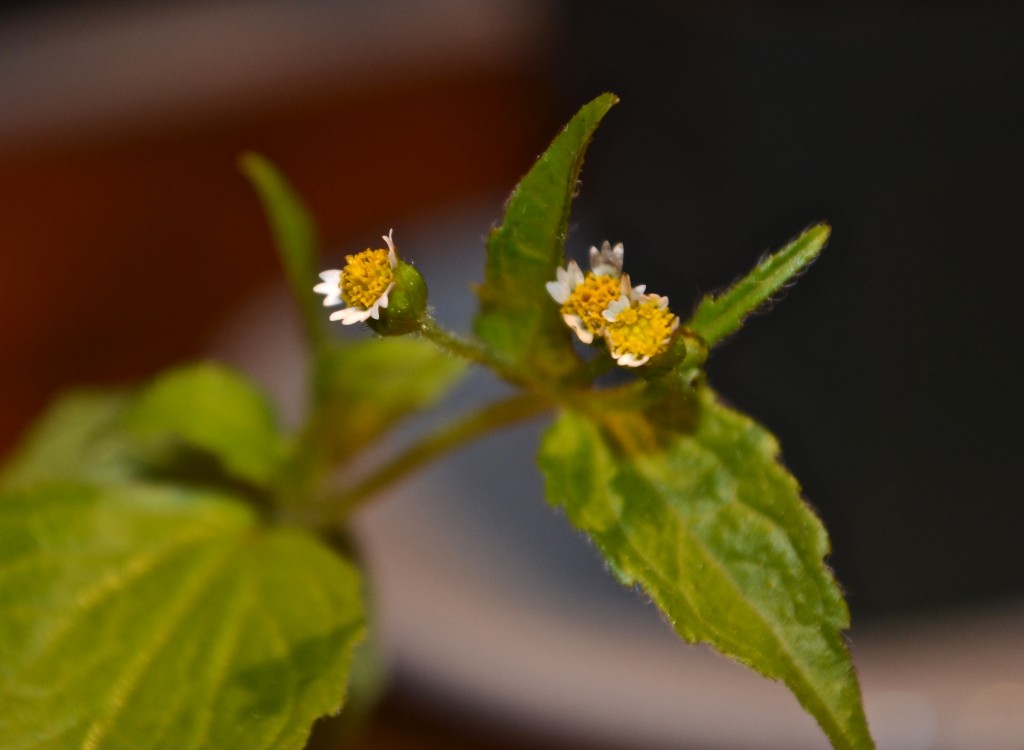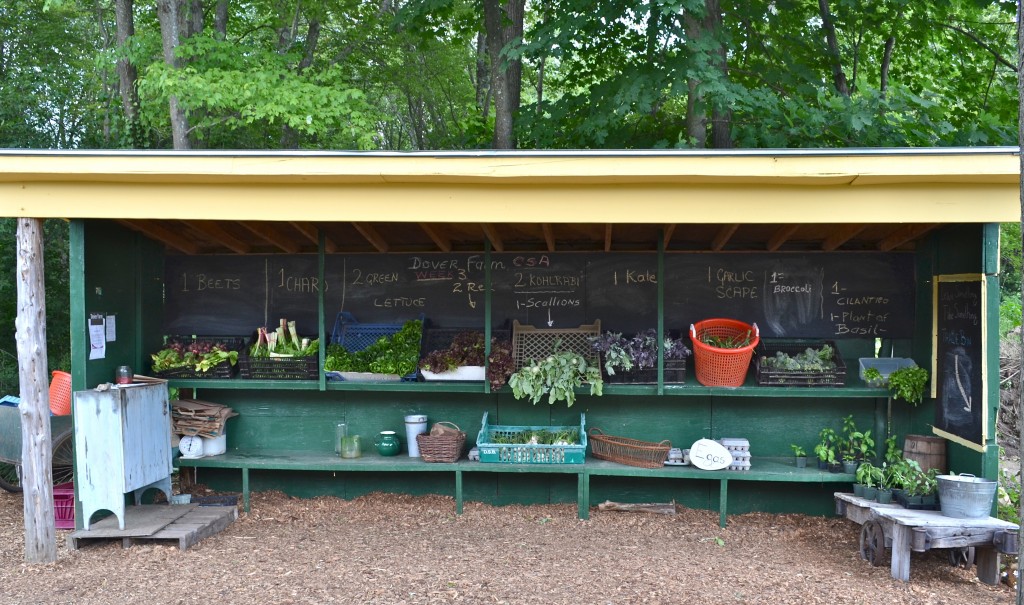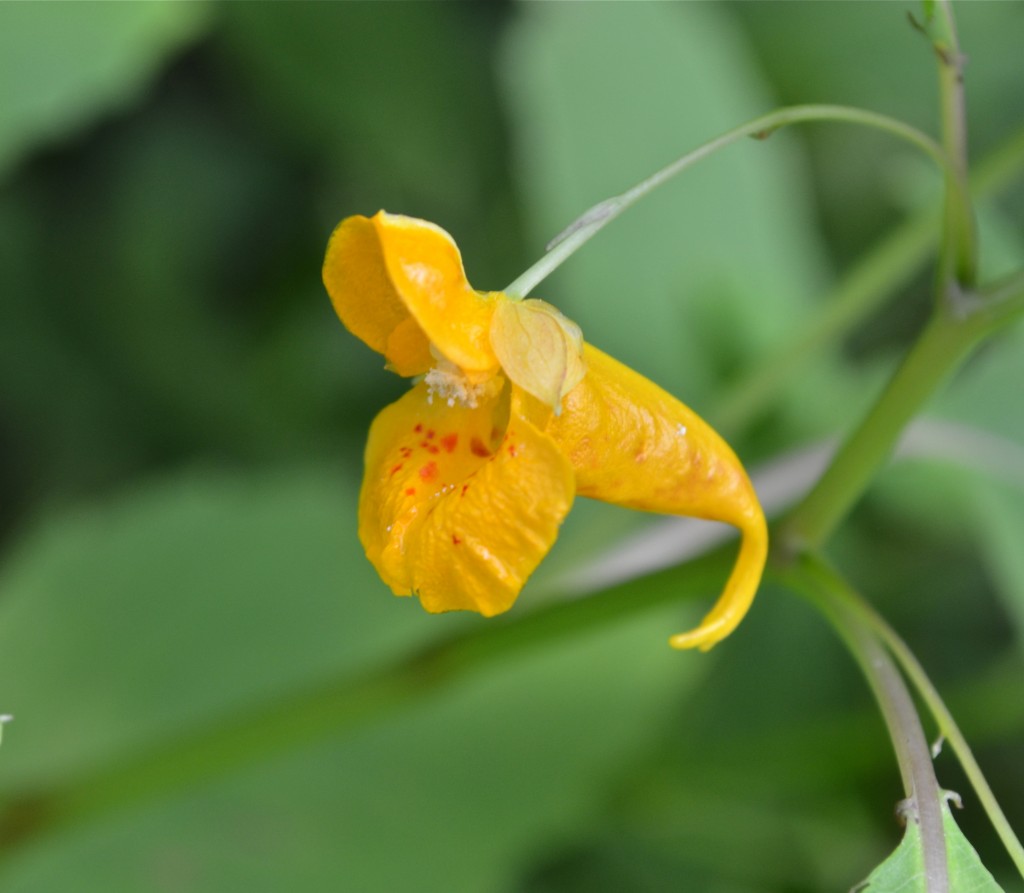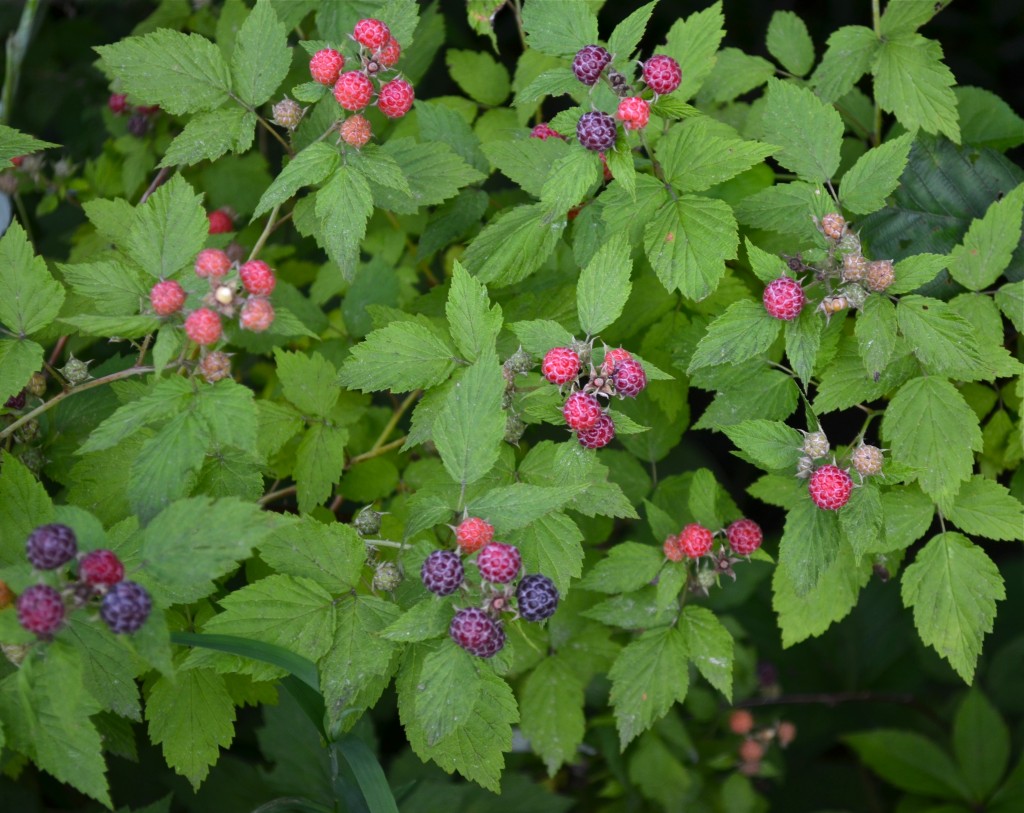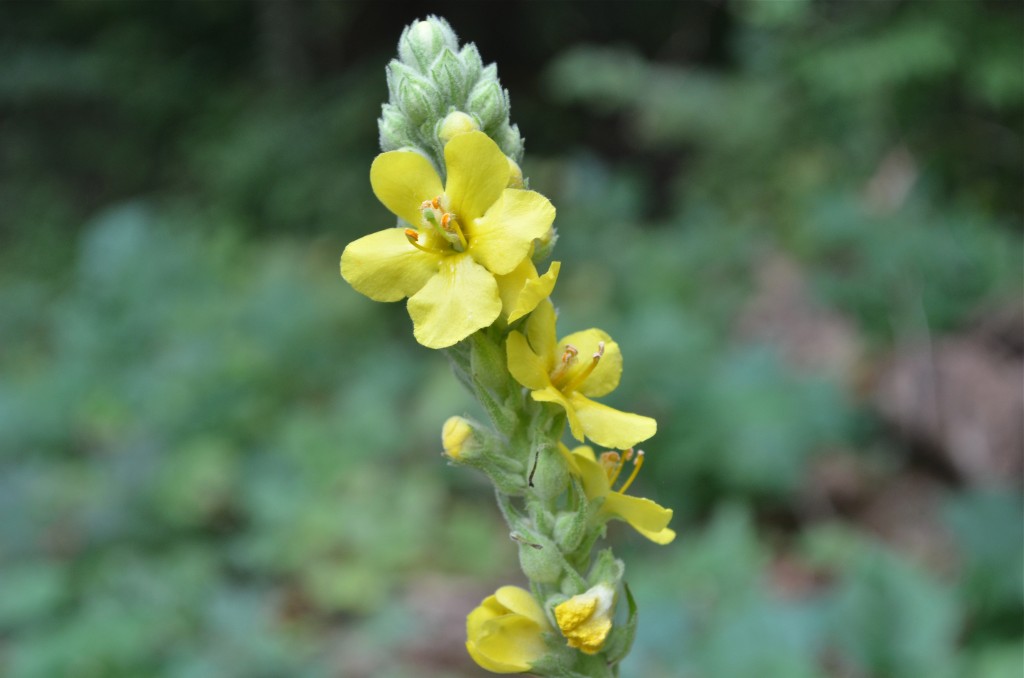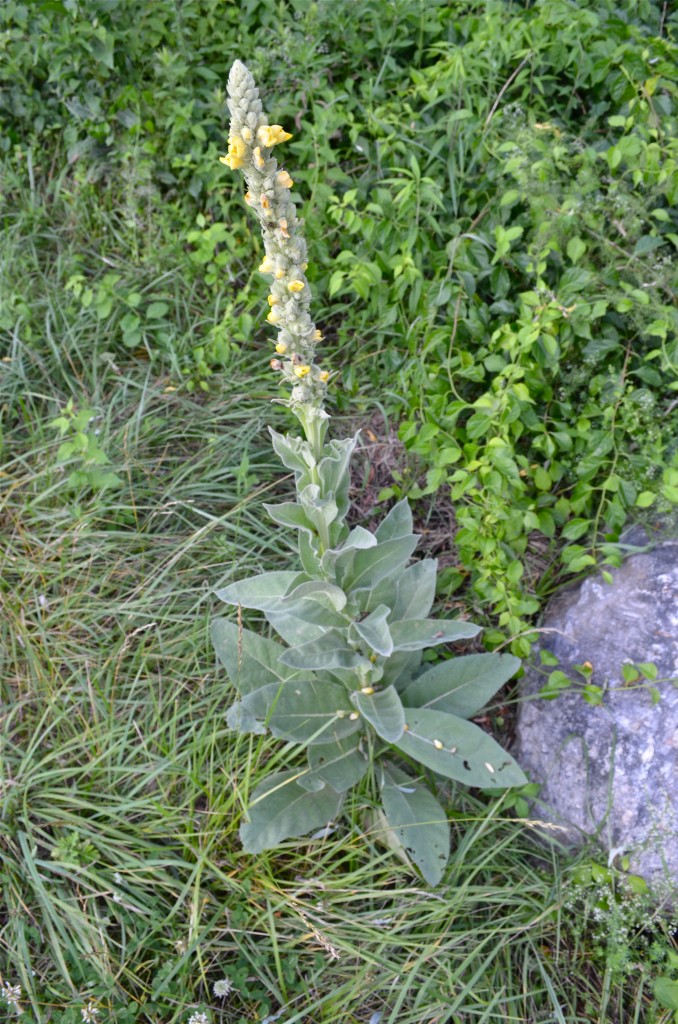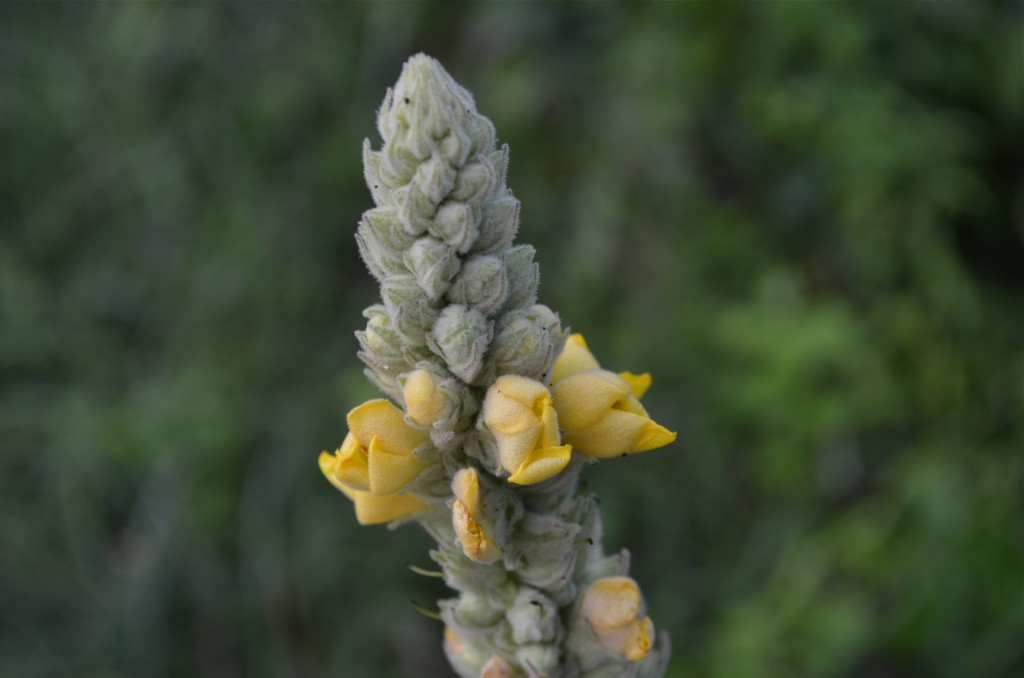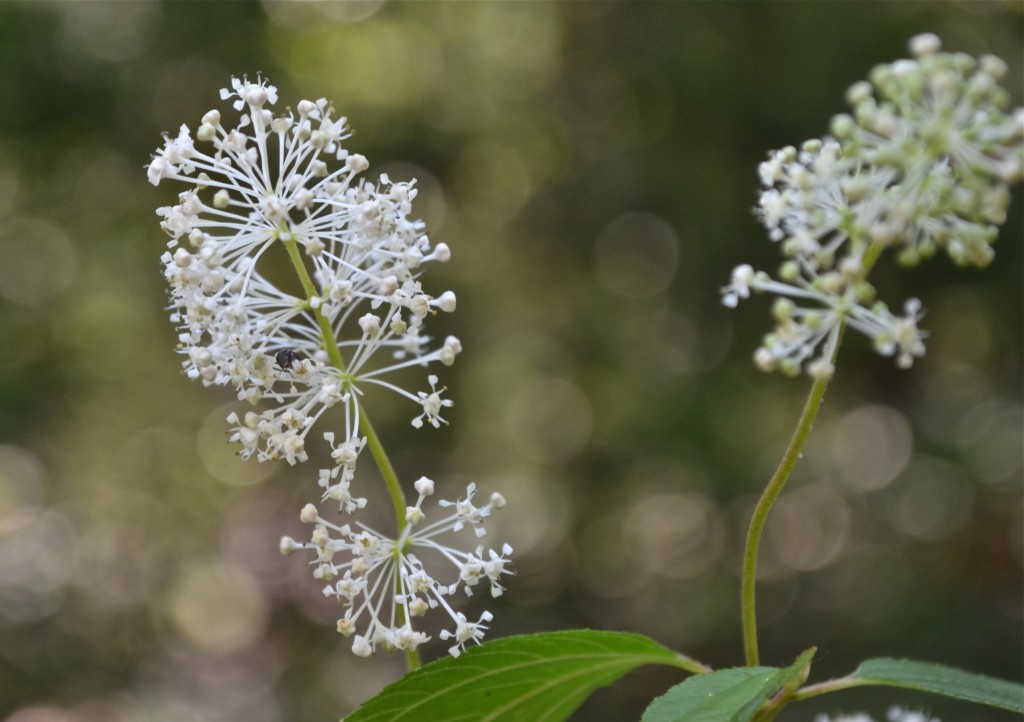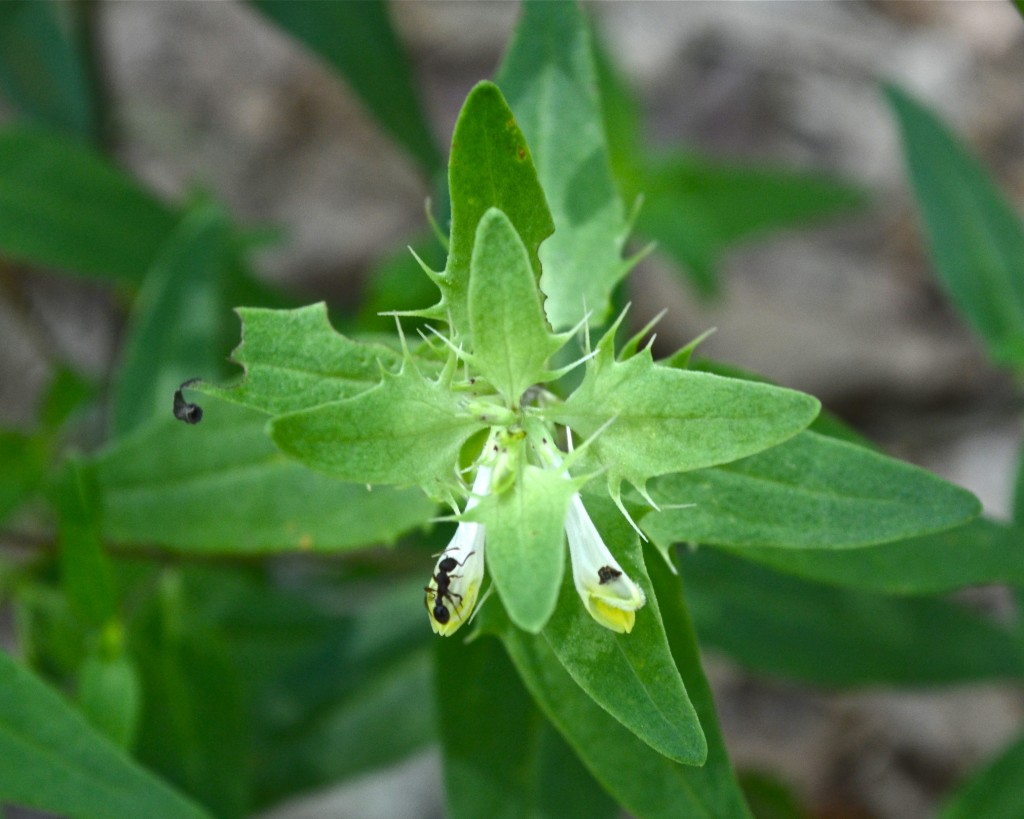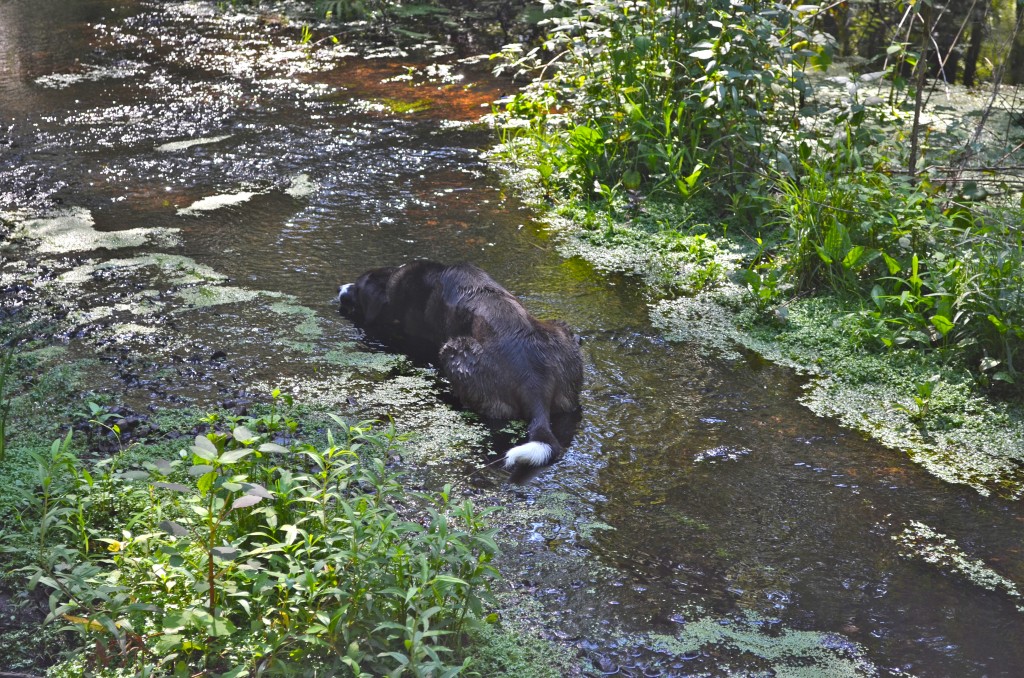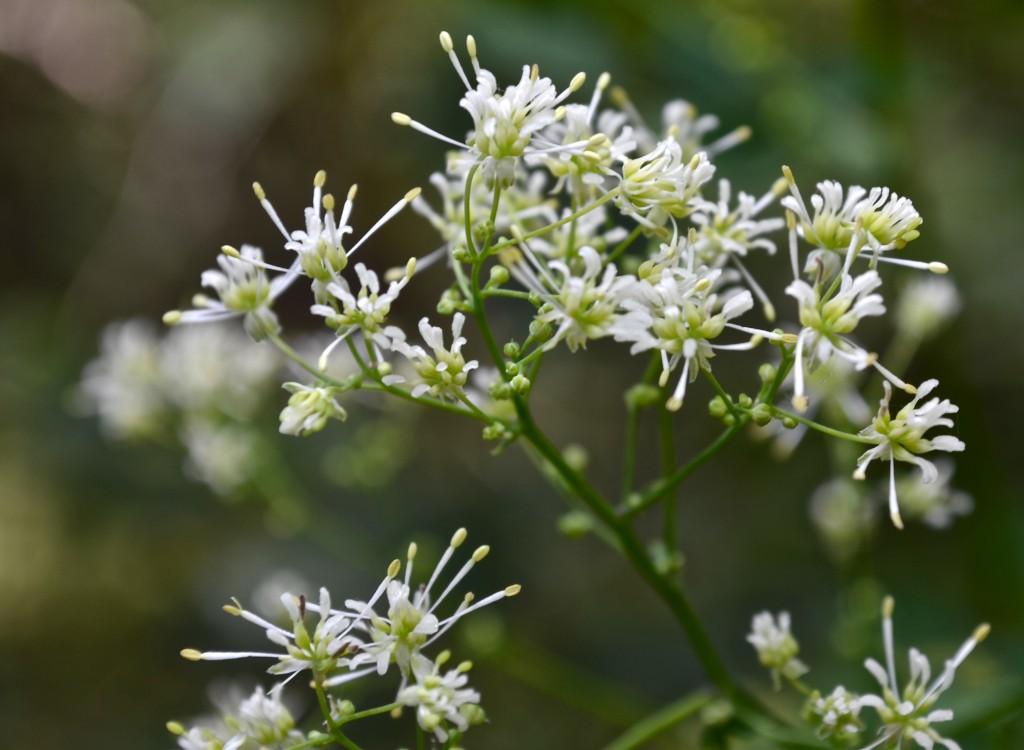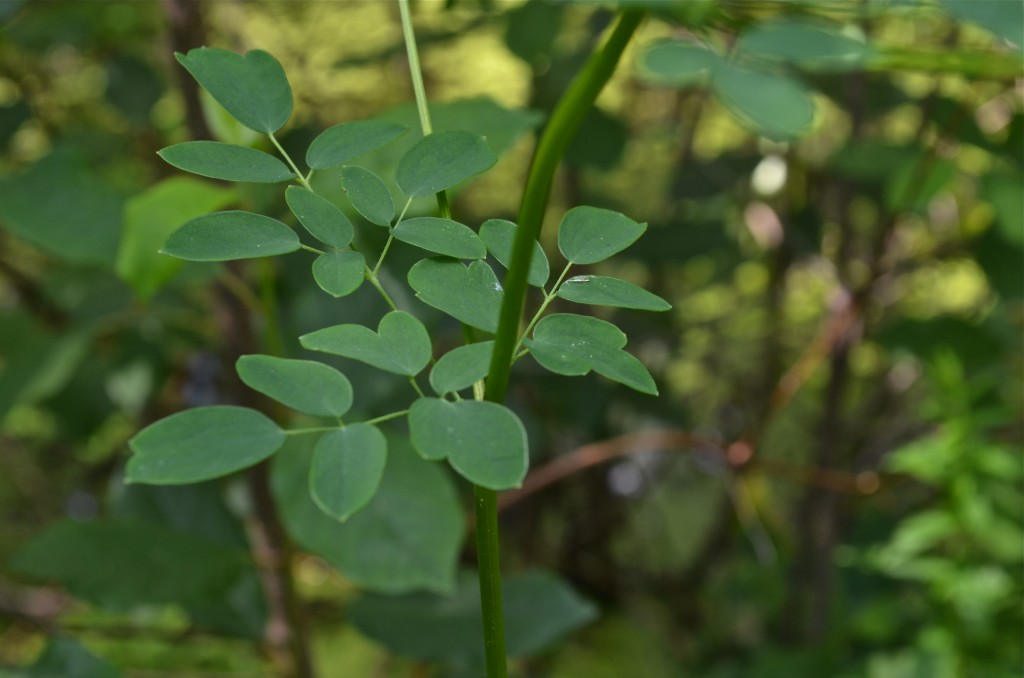When I saw this, a purple wildflower so tall that the blossom’s at eye level, I was pretty excited about the discovery. I was surprised to find that this is just purple loosestrife, common around here, but usually we see it at a distance — great purple swaths of it in marshes and along parts of the Charles River. I’d never looked at it up close. There are good things about it (it’s beautiful, for one thing), but around here it has a bad name — an invasive that harms biological diversity by crowding out native plants, thereby affecting all the creatures that need the native plants.
Purple Loosestrife (Lythrum salicaria)

